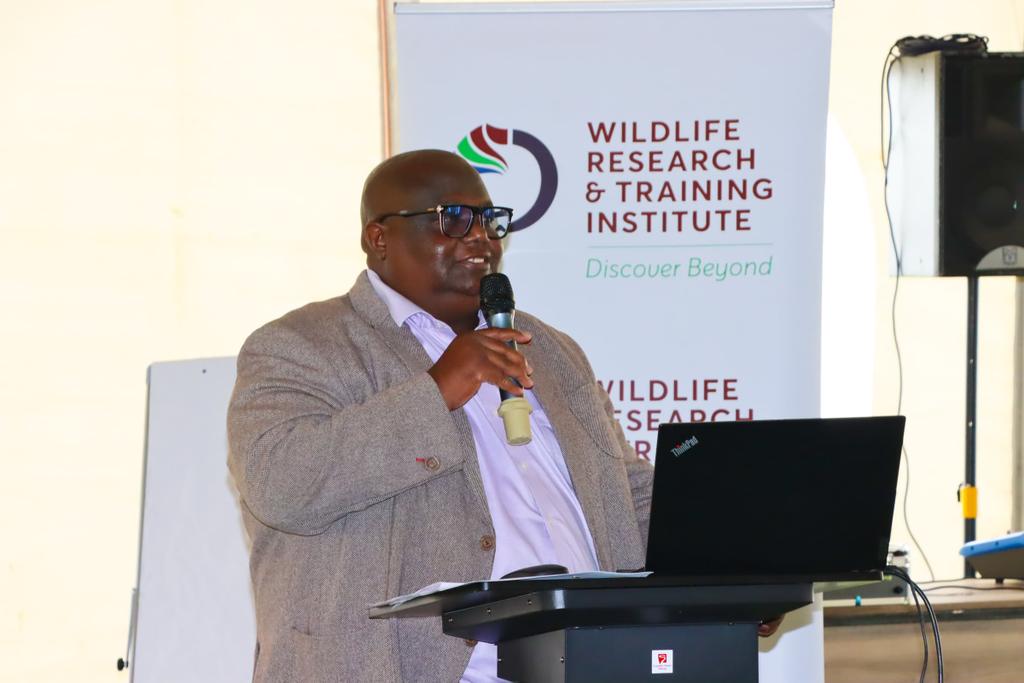Kenya unveils digital wildlife data portal to boost conservation

The system already hosts information such as the proportion of Kenya under conservation, the locations of Ramsar wetlands, and maps showing wildlife corridors and dispersal areas.
Kenya has unveiled plans for a national wildlife data portal, a first-of-its-kind platform that will consolidate information critical for conservation, planning, and policy-making.
The system is intended to centralize decades of scattered records and provide secure, up-to-date, and easily accessible data to guide decision-making.
According to Dr. Patrick Omondi, Director of the Wildlife Research and Training Institute (WRTI), a prototype has already been developed and will soon be presented to the Cabinet Secretary for approval.
“The portal will bring together data that has for years been scattered in filing cabinets and personal hard drives. Once operational, it will be a one-stop platform that is secure, accessible and up to date,” said Omondi.
The system already hosts information such as the proportion of Kenya under conservation, the locations of Ramsar wetlands, and maps showing wildlife corridors and dispersal areas.
It also includes real-time updates from GPS-collared animals, allowing researchers and planners to monitor migration patterns.
This data is expected to transform infrastructure planning by alerting road and railway developers early on if their projects cross wildlife corridors.
“Previously, we often reacted after construction had begun, leading to protests and costly changes. Now, planners will have the data before breaking ground,” Omondi explained.
Beyond infrastructure, the portal will function as a digital library, bringing together decades of long-term wildlife studies, including the Amboseli elephant research and the Mara hyena monitoring programme.
Instead of remaining buried in academic archives, these studies will directly influence how parks, reserves, and community conservancies are managed.
Kenya’s wildlife has faced immense challenges, with research showing a 67 per cent population decline between 1977 and 2013 due to habitat loss, poaching, and infrastructure expansion.
By offering a centralized and reliable data source, the new system is expected to support strategies aimed at reversing these losses.
WRTI has invited scientists nationwide to contribute their findings for inclusion in the portal.
The institute is also preparing for the International Wildlife Scientific Conference in September, where new innovations in biodiversity management will be showcased.
For Omondi, the vision is clear: “This portal will be Kenya’s single source of truth on wildlife data. Every decision, from a small land-use plan to a major highway, will now be guided by facts not guesswork.”
